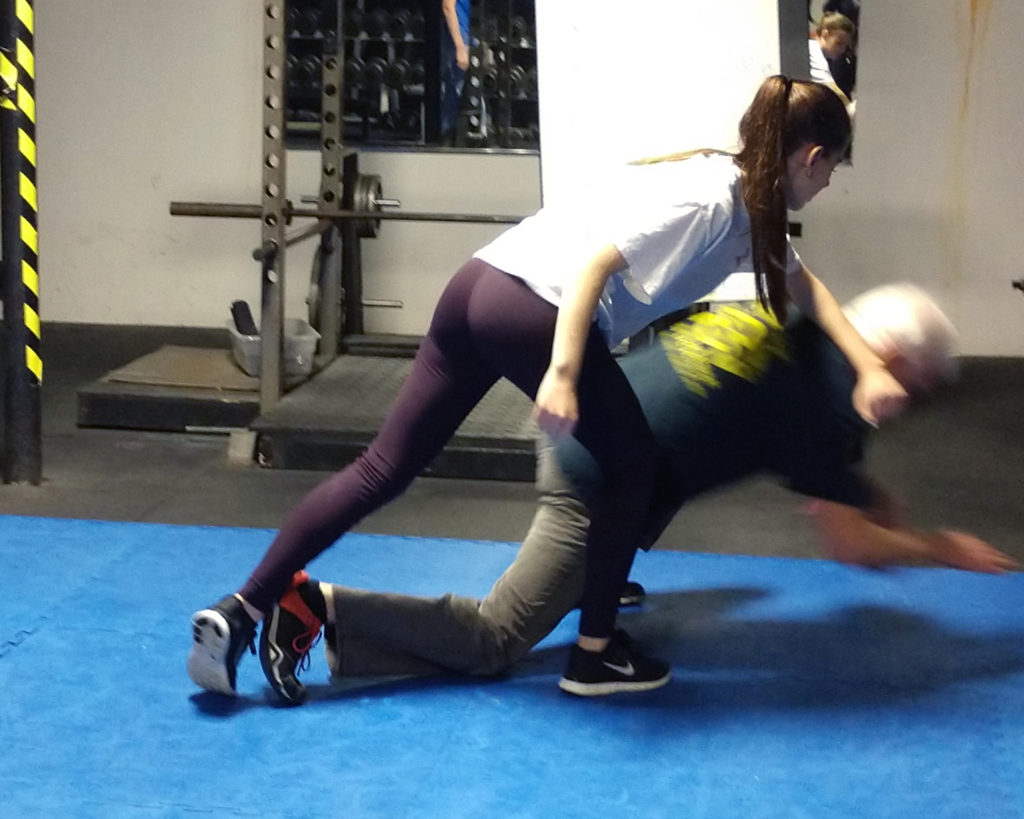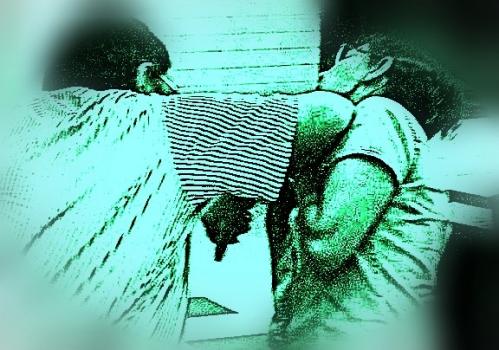Can you train away the negative affects of fight/flight/freeze – the body’s snap-fast prep in the face of stress?
At Double Edge Self Defense we emphasize an unequivocal, “yeah, kinda.” Here are some considerations.
The actress Susan Sarandon was asked once, “So what’s it like – the job of acting?”
Sarandon’s response was (paraphrasing), “It’s forever trying to work comfortably in constant discomfort.”
“Comfortable in constant discomfort….” That’s useful, if not poetic. Here’s my take.
- Over the years, she has learned to just deal with her acting-related angst – her body’s adrenaline release.
- She recognizes it. She accepts it with a certain familiarity. Perhaps she’s gained even a level of detachment from the “discomfort.”
- Better yet, Sarandon manipulates the discomfort to enhance her performance – the end result of her effort.
What are the take-a-ways for self defense training?
A. Understand the adrenaline dump. At the moment of chaos/stress, the brain signals the adrenal glands to secrete epinephrine into the blood stream. The grape-sized glands (sitting atop your kidneys) do deliver the order — even faster than UPS! Very elegant. Very potent.
B. Accept the result. Recognize it.
- It happens so fast it’s difficult to measure. Every cell in the body is wired and weird. Therefore, so are you.
- The result: loss of fine- motor muscle control, tunnel vision, pounding ,rapid heart beat, possible panic, confusion. On and on.
- This chemical surge is bet-your-butt predictable – and not preventable, for most of us humans — like power bars and flatulence.
- The output can help us fight like a manic, flee like a deer. But another debilitating possibility is – paralysis, the freeze. Something as simple as dialing 911 can be over the river, through the woods – out of reach. That can cost your life in today’s urban jungle.
If your brain, in the midst of chaos, only “knows” to grab reflexive presets as old as human existence, it may default to numbing paralysis.
C. Train to warm the freeze.
- At DESD we practice to attack now, even injure first. We de-mystify the presence of weapons. We include regular pressure drills with uncooperative (but mindful) partners. We appreciate the value of unfamiliar surroundings. (It’s about time for the cold, dark, slippery parking lot scenario.)
- We train to put effective, accessible tools into your freezer bag, to add attacking presets as your go-to.
Well, that all sounds good, doesn’t it. Training to finesse our fear response is arguably a possible goal – a valuable goal in SD training. Granted, we can’t create nerves of steel. And I agree: only combat teaches combat. Nevertheless, we try to stage, occasionally, the best fake we can — to taste the stress, to experience the crazy heart rate, to find some Sarandon familiarity should we find ourselves ever in harm’s way.
More next time. The joy of training. Be safe.
– DocHo


